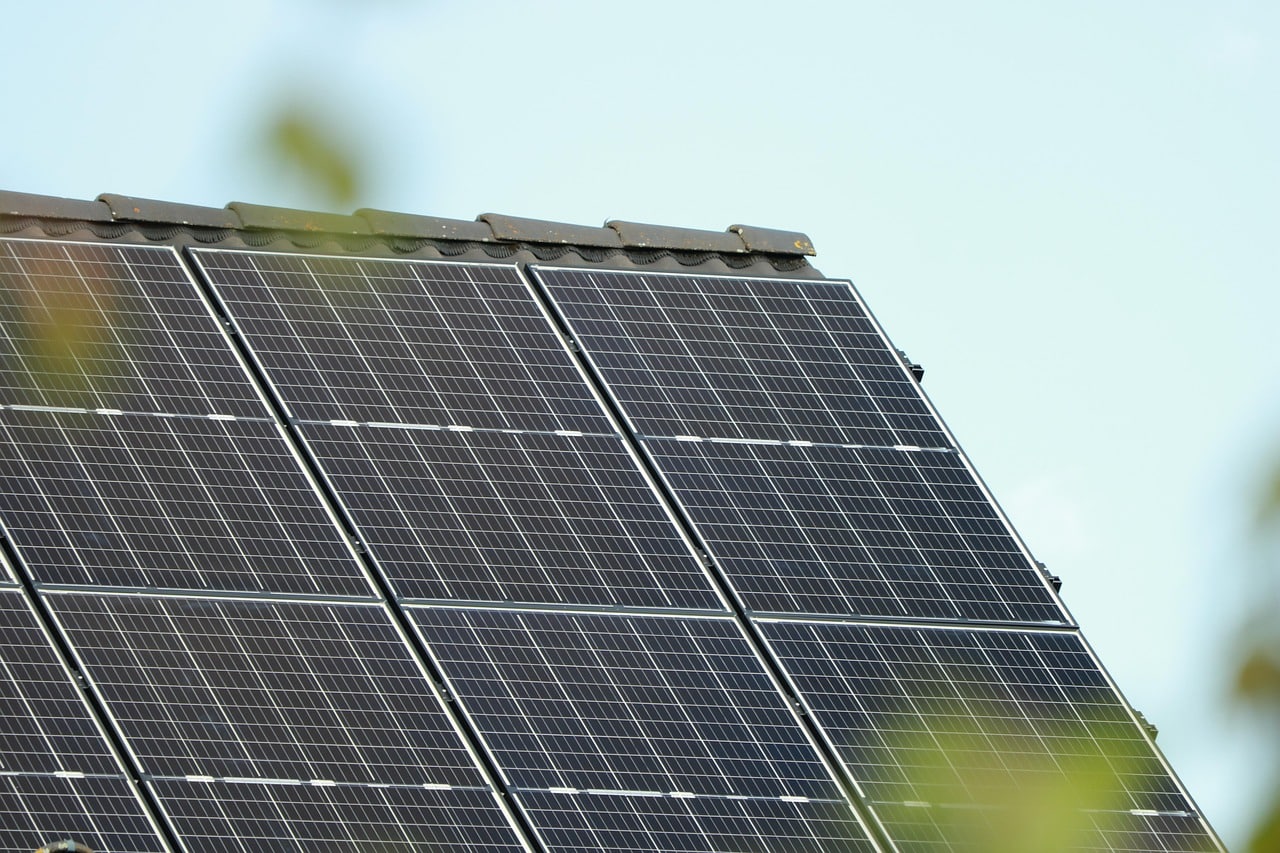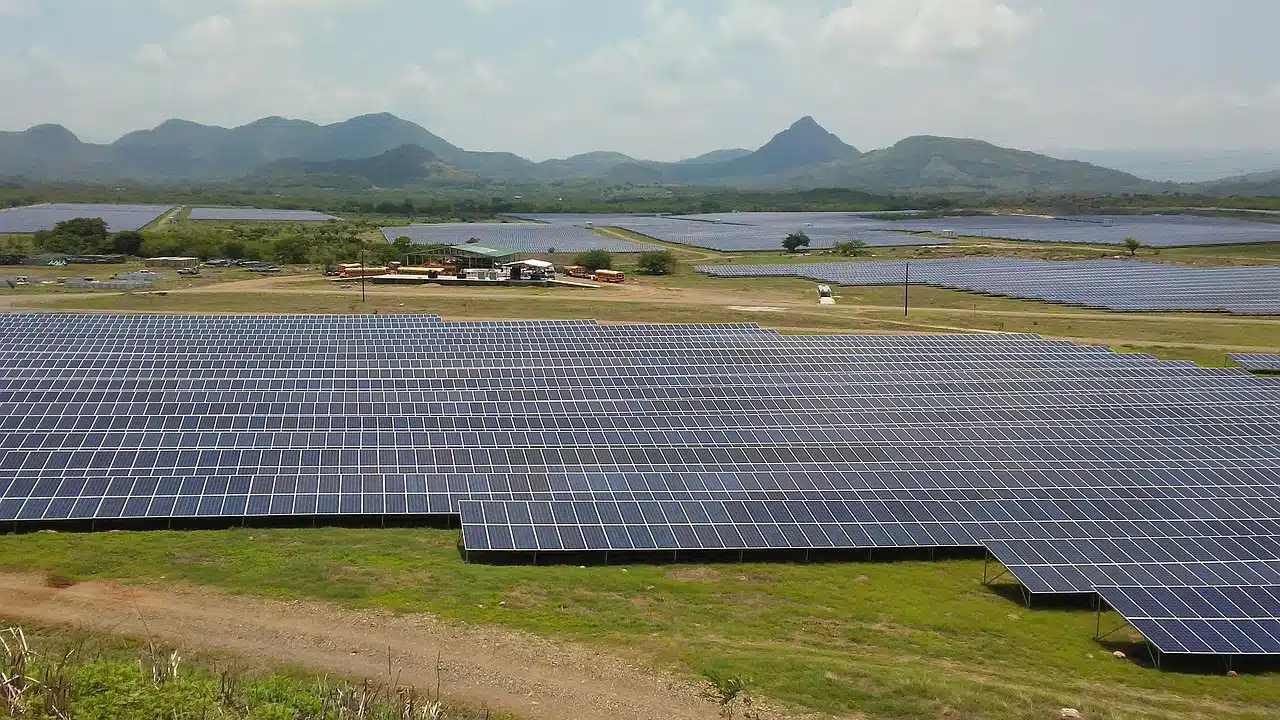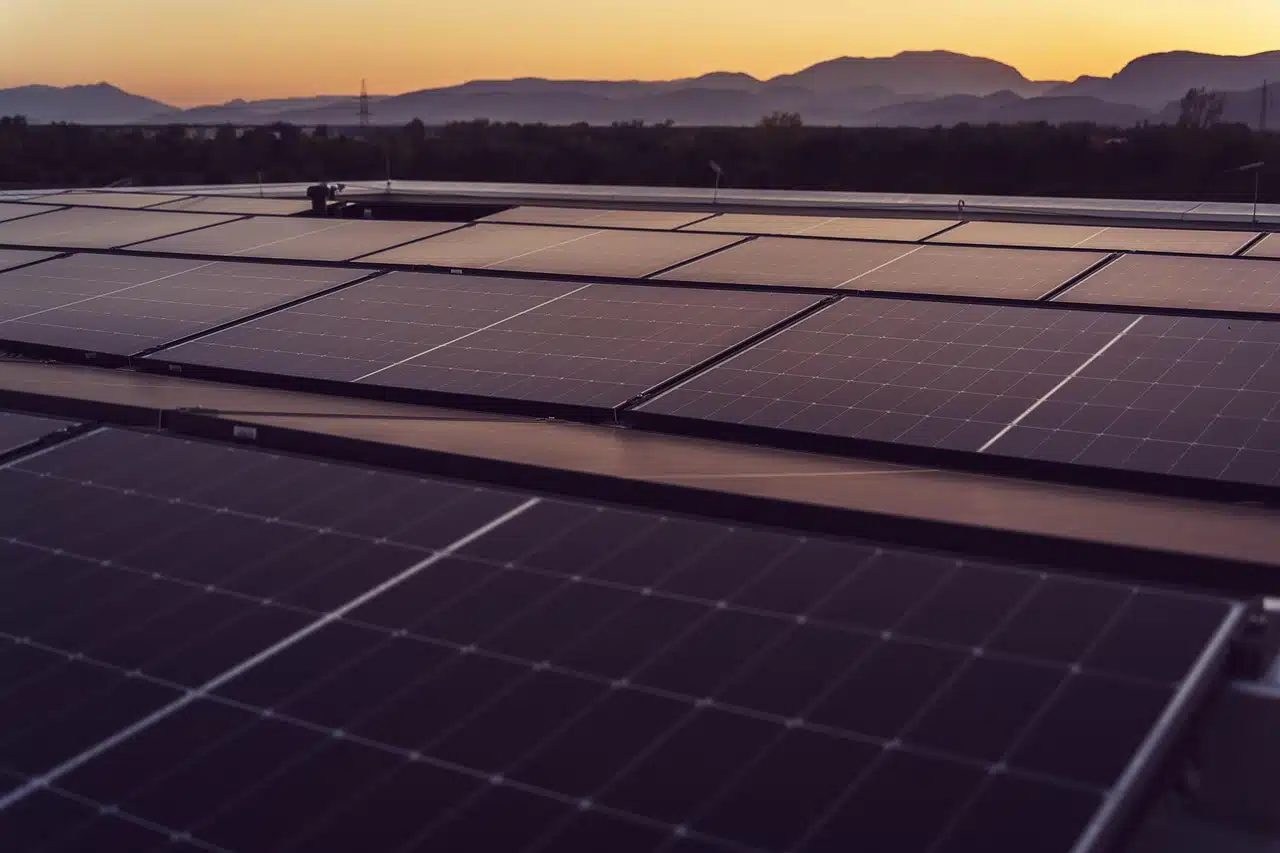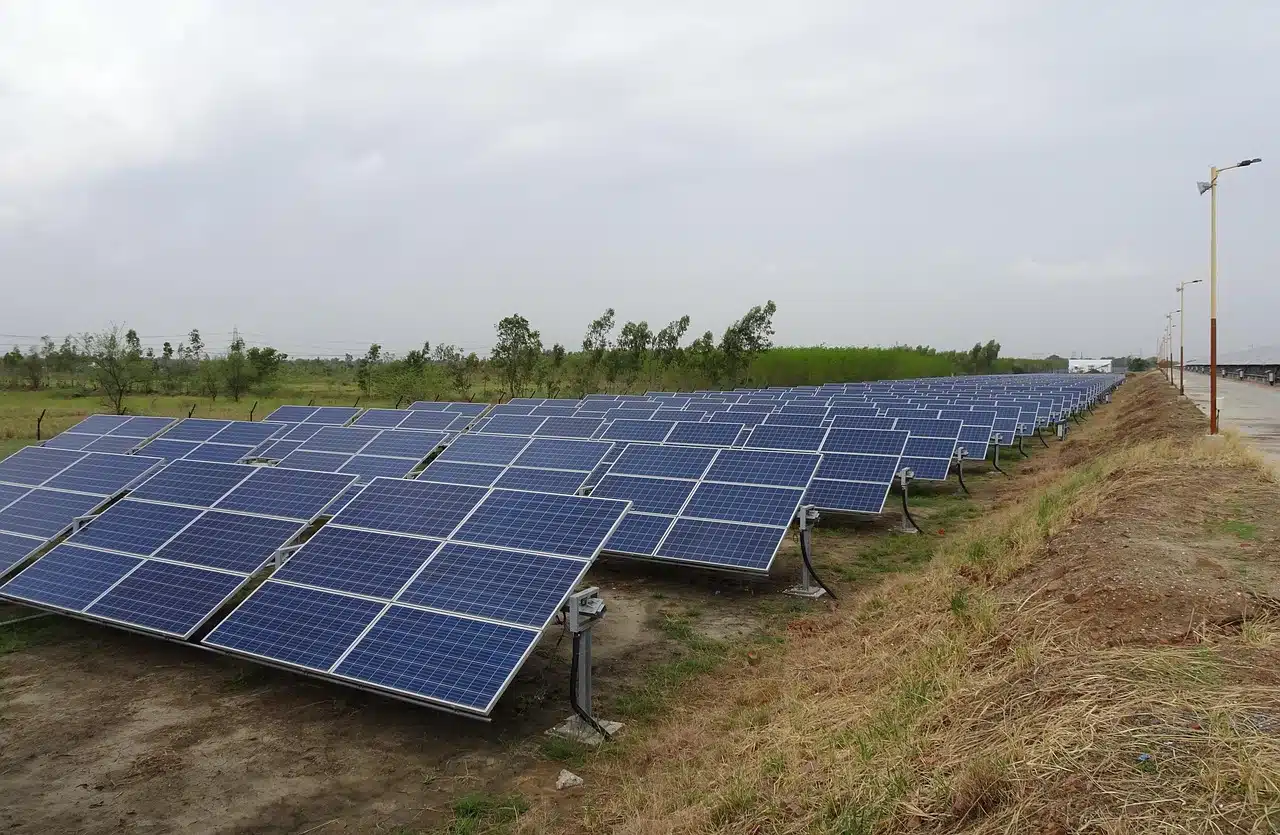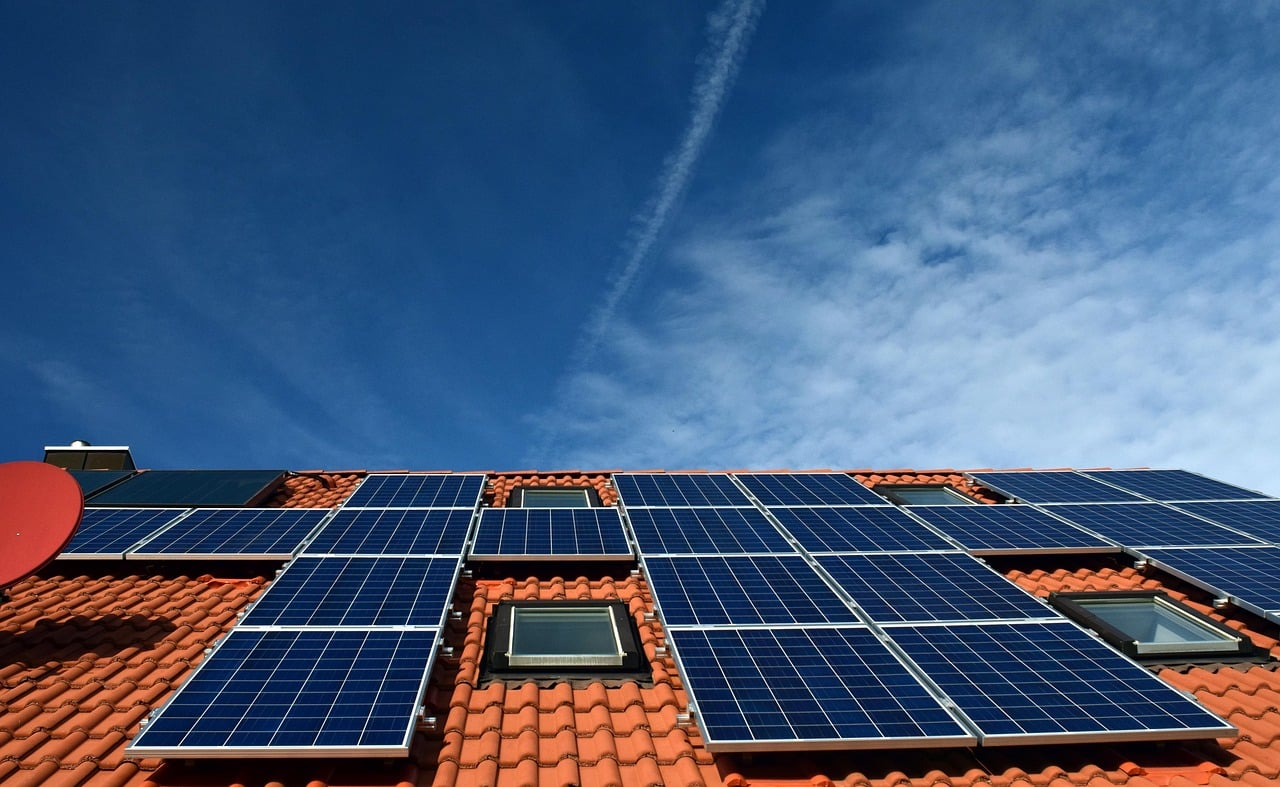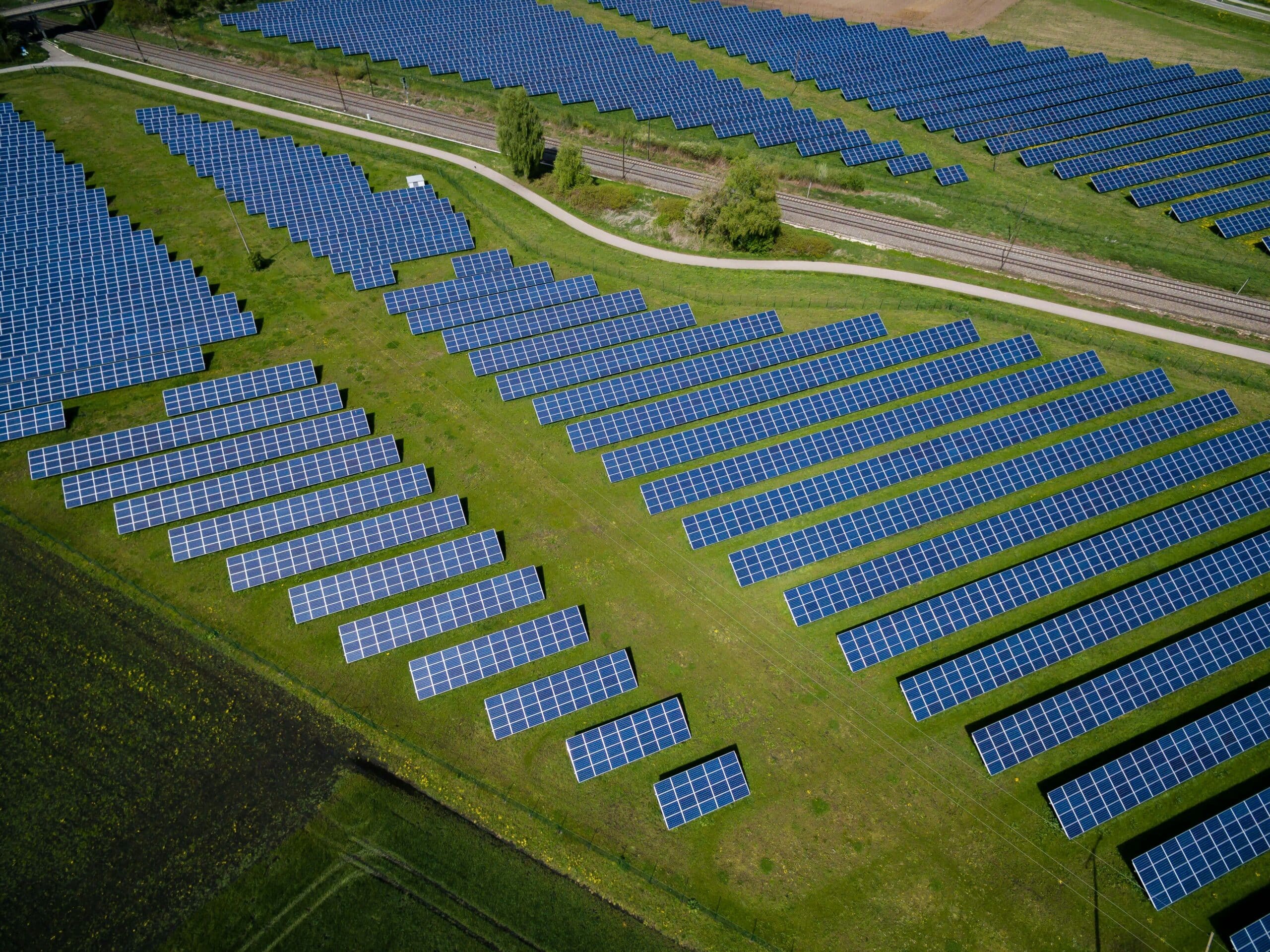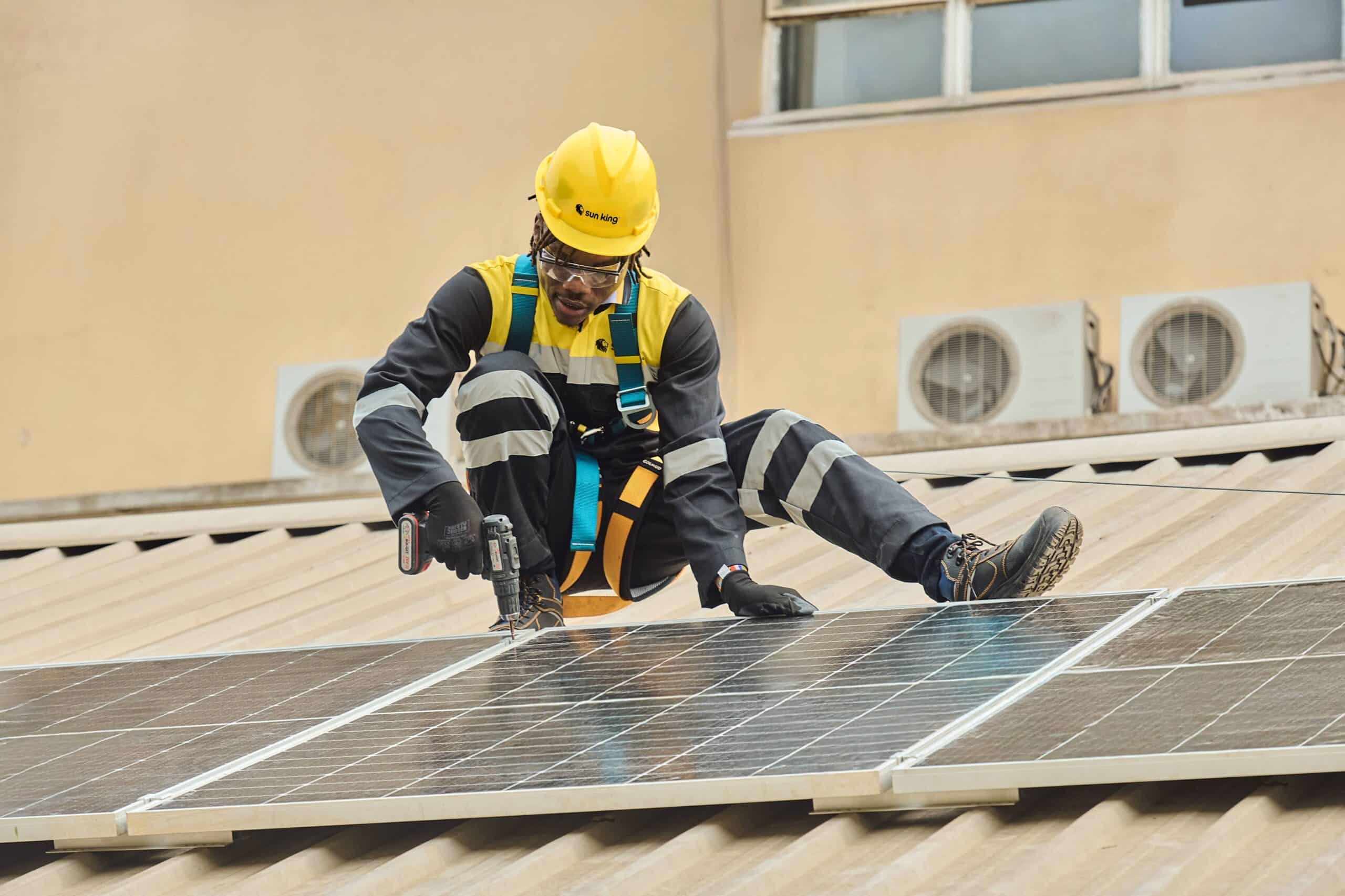Nigeria has reached a new achievement in its clean energy journey as the country begins exporting locally manufactured solar panels to Ghana.
The development, led by Levene Photovoltaic Technologies (LPVT), signals a major shift in Nigeria’s renewable energy landscape.
It reflects the country’s growing industrial capacity and its ambition to become a regional supplier of clean technology solutions.
This export indicates the first time Nigeria has successfully produced and shipped solar panels to another African country.
It is more than a trade success, it represents the gradual transition from dependence on imported energy components to regional competitiveness in solar manufacturing.
For years, Nigeria’s solar ambitions were limited by high import costs, weak industrial capacity, and policy uncertainty.
The country relied heavily on foreign-made panels, mostly from China, which made solar power expensive and inaccessible to millions of households.
Now, with its first export, Nigeria is beginning to show that it can build and distribute clean energy solutions within Africa.
Nigeria’s shift from importer to producer
Nigeria’s renewable energy drive has long centered on bridging its vast electricity gap.
More than 85 million Nigerians still lack access to reliable power, making solar energy one of the most practical solutions for both urban and rural communities.
However, for years, nearly all solar products used in Nigeria were imported.
The high cost of importation, compounded by foreign exchange shortages, slowed adoption and discouraged local entrepreneurs.
The Federal Government, through the Rural Electrification Agency (REA), recognized this challenge and began working with private companies to promote local manufacturing.
LPVT emerged as one of the key partners in this push. The company set up a domestic production facility to assemble and produce photovoltaic (PV) modules.
This collaboration with the REA formed part of a broader strategy to reduce import dependence, create jobs, and boost Nigeria’s clean energy industrial base.
In the last few years, the country’s solar manufacturing capacity has grown significantly.
According to REA, Nigeria’s installed PV production capacity rose from about 120 megawatts (MW) to roughly 650 MW annually.
This expansion reflects increased investment, policy support, and rising confidence in the renewable energy sector.
Why the export matters
The shipment of Nigerian-made solar panels to Ghana is more than a commercial achievement. It is proof that Nigeria’s growing solar manufacturing ecosystem can meet international standards.
For the first time, a locally produced renewable energy product has crossed the border to serve another African market.
REA’s Managing Director, Abba Aliyu, described the export as a demonstration of Nigeria’s readiness to supply sustainable energy solutions across Africa.
According to him, this success supports the government’s goal of reducing import reliance and positioning Nigeria as a clean energy manufacturing hub.
The achievement also reinforces Nigeria’s regional influence. For years, South Africa, Egypt, and Kenya dominated clean-tech production on the continent.
Nigeria’s entry into this space diversifies the map of African solar manufacturing and could encourage more intra-African trade in renewable technologies.
The policy shift driving local manufacturing
The progress did not happen by chance. In April 2025, the Federal Government announced plans to ban the importation of solar panels to encourage local production.
The policy aims to create jobs, conserve foreign exchange, and stimulate industrial growth in the renewable energy sector.
Industry observers note that Nigeria now has the capacity and resources to support large-scale solar manufacturing.
The country’s growing lithium reserves, used in producing solar batteries, also present a strategic opportunity to build an integrated clean energy value chain — from raw material extraction to finished product export.
This policy is similar to what the government implemented years ago in the cement and fertilizer industries, which helped build strong domestic players.
By restricting imports, the government hopes to replicate that success in the renewable energy sector.
The import restriction is expected to attract more investors to establish factories within Nigeria.
Over time, it could also promote technology transfer, research, and innovation in solar design suited to Nigeria’s climatic and market conditions.
Economic impact
The rise of local solar manufacturing has the potential to deliver significant economic benefits. By producing solar panels locally, Nigeria can save the funds previously spent on imports each year.
It also means more jobs in manufacturing, logistics, and maintenance, creating new opportunities for engineers, technicians, and young professionals.
The REA noted that domestic production allows for better monitoring of standards and provides easier access to after-sales service — an area where imported panels often fell short.
Furthermore, increased local production could eventually make solar power cheaper for consumers.
As more factories operate and economies of scale improve, production costs are expected to decline.
This would make solar systems more affordable for households, small businesses, and rural electrification projects.
The challenges ahead
Still, the path to sustainable solar manufacturing in Nigeria is not without hurdles.
Manufacturers face high production costs, limited access to credit, and infrastructural bottlenecks, especially power supply — an ironic challenge for companies producing energy solutions.
There is also the issue of component dependency. While assembly is local, most raw materials and photovoltaic cells are still imported, which keeps production costs relatively high compared to countries like China.
To address these issues, experts recommend targeted fiscal incentives, research grants, and public-private partnerships that can help scale up the industry.
If properly implemented, these interventions could make Nigeria’s solar manufacturing sector self-sustaining and export-competitive in the next five years.
A regional clean energy shift
Africa’s solar landscape is changing rapidly.
According to data, the continent imported over 15,000 MW of solar panels between July 2024 and June 2025 — a 60% increase year-on-year.
Nigeria, which ranked as Africa’s second-largest solar importer during the same period, now stands on the verge of transforming into a net producer.
This development not only signals industrial growth but also shows a larger transition from import dependency to intra-African clean energy trade.
Regional outlook
Nigeria’s first solar panel export to Ghana may not immediately change the balance of trade but it symbolizes progress, proof that local manufacturing can move from testing stage to practical success.
It is also a clear evidence to what is possible when policy, partnership, and innovation align toward a shared goal of sustainability.
Nigeria’s solar manufacturing industry will need sustained investment, research, and a stable policy environment to develop.
But with its growing capacity, strategic partnerships, and regional ambitions, the country has already taken an important first step.
What remains is to build on this momentum to ensure that “Made in Nigeria” solar products not only power the nation’s homes but also the African continent.

